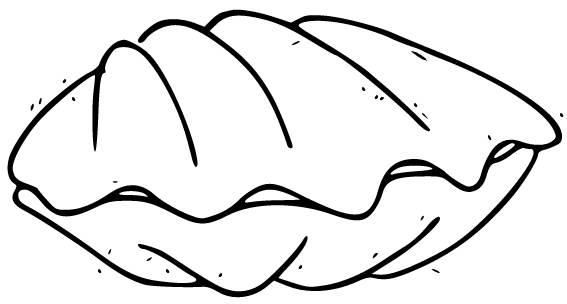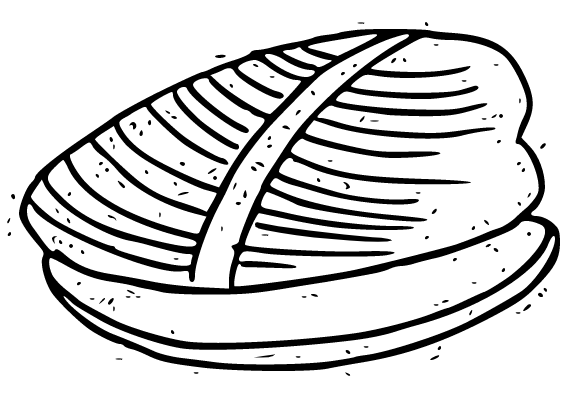-

-
The Discerning Mollusk's Guide to Arts & Ideas
-


Seven Steeples
Sara Baume
Tramp Press, 2022
he premise of this novel is intriguing: a couple named Bell and Sigh leave their jobs in Dublin and cut themselves off from family and friends in order to pursue a new life in self-imposed isolation on a windswept crag of the Irish coast, beneath a mountain that watches over them like a “cyclopean eye.”
But this isn’t some Thoreauvian experiment, emphasizing self-reliance and spiritual development. In fact, the self receives scant attention here. Bell and Sigh are only cursorily characterized, with almost no interiority and little dialogue. They have limited skills (how long do you cook rice?) and seem content to remain that way. They let themselves be absorbed in their surroundings.
Seven Steeples challenges the conventions of a human-centered perspective. Humans are only bit players, one thread in nature’s complex processes. Other creatures, fish and rabbits and neighboring cows and donkeys, a pair of dogs named Pip and Voss, and spiders and mice who live in the house, share the story, along with the weather, meticulously described vegetation and inanimate objects: a van, stones, trash, a home full of hair and dirt and other residue, “wheatgerm and pencil shavings, linseed and dandruff.” Baume is an avid enumerator.
The plot, to the extent there is one, doesn’t rely on conflict or events as much as the cycle of seasons over a span seven years. Baume’s prose can be arresting:
“They found the wild goat on the beach.
It was champing kelp, wrack and sea spaghetti, earnestly. The shore-picking birds—wagtails, rock pipits and turnstones—scurried and tweedled in its wake.”
But the refusal of the writer to engage with interiority results in a constant play of surfaces, as if Andy Warhol were plucked out of his urban consumerist world and sent away on a rainy camping trip in Ireland. There are occasional hints of politics: an “oil tank emptied and was refilled” as if possessing an unspoken agency; references to imported mangos and limes, cargo ships visible at sea; as well as suggestions of personal quirks. For instance, Bell and Sigh remove ticks from their dogs and save them in jars on top of the refrigerator, a growing collection that becomes a “tick tower.” But the narrator refrains from suggesting a meaning to any of these examples.
Over the course of the novel, such restraint begins to feel less like formal rigor than a form of timidity, a manner of telling as circumscribed as a religious tract. In seven years, Bell and Sigh never argue. There is no sex. (And if there is thought of sex, it can’t be reported, given the aesthetic premises here.) References to eyes figure prominently in each of the seven chapters as a stylistic conceit, but apart from a fascination for certain forms of muck, the narrator is a squeamish witness.
Getting away from a human-centered perspective is an interesting idea: maybe this approach can better reveal certain aspects of nature. But I’m also reminded of Aldo Leopold’s oft-quoted injunction to “think like a mountain.” To explore the interconnectedness of nature requires not only attentiveness, seeing, but also thinking.
Our interiority or consciousness doesn’t alienate us from nature; it’s simply part of us, like our opposable thumb. It sure comes in handy. A writer of Baume’s talent could do interesting things with it, if she allowed herself.

Charles Holdefer lives in Brussels. His latest novel is Don’t Look at Me (Sagging Meniscus, 2022).